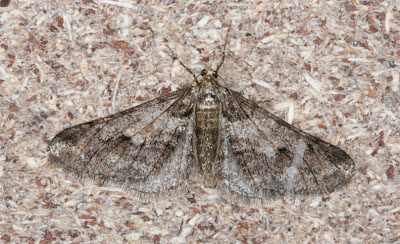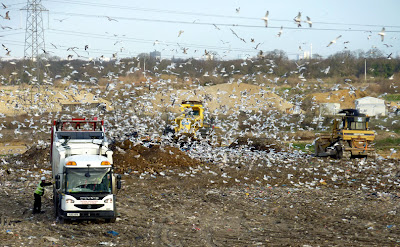Davy Jones' pan-species locker

The pan-lister in me couldn't resist buying 'Great British Marine Animals' by Paul Naylor, its third edition having just published. This is a photographic guide to the commoner species found in UK waters and has already helped me add to my marine list (with a bit of retro checking of my Cornish rock pool pictures taken last August). What is sobering is the number of marine animal species to be found in the UK - go on, have a guess. 250? 500? It can't be over a thousand, can it? Yes it can... Approximately 7,000. Take sponges. There are in the region of 400 species of sponge to tempt the pan-lister, but Paul Naylor throws in a curve-ball by suggesting that microscopic examination is often essential to clinch an ID. This book has caused me to adopt an ambition marine mammal, although I doubt that I'll ever see one. The Fireworks Anemone is big, spectacular and inhabits deep water such as the bottom of muddy Scotish sea-lochs. Another thing that is obvious is...









